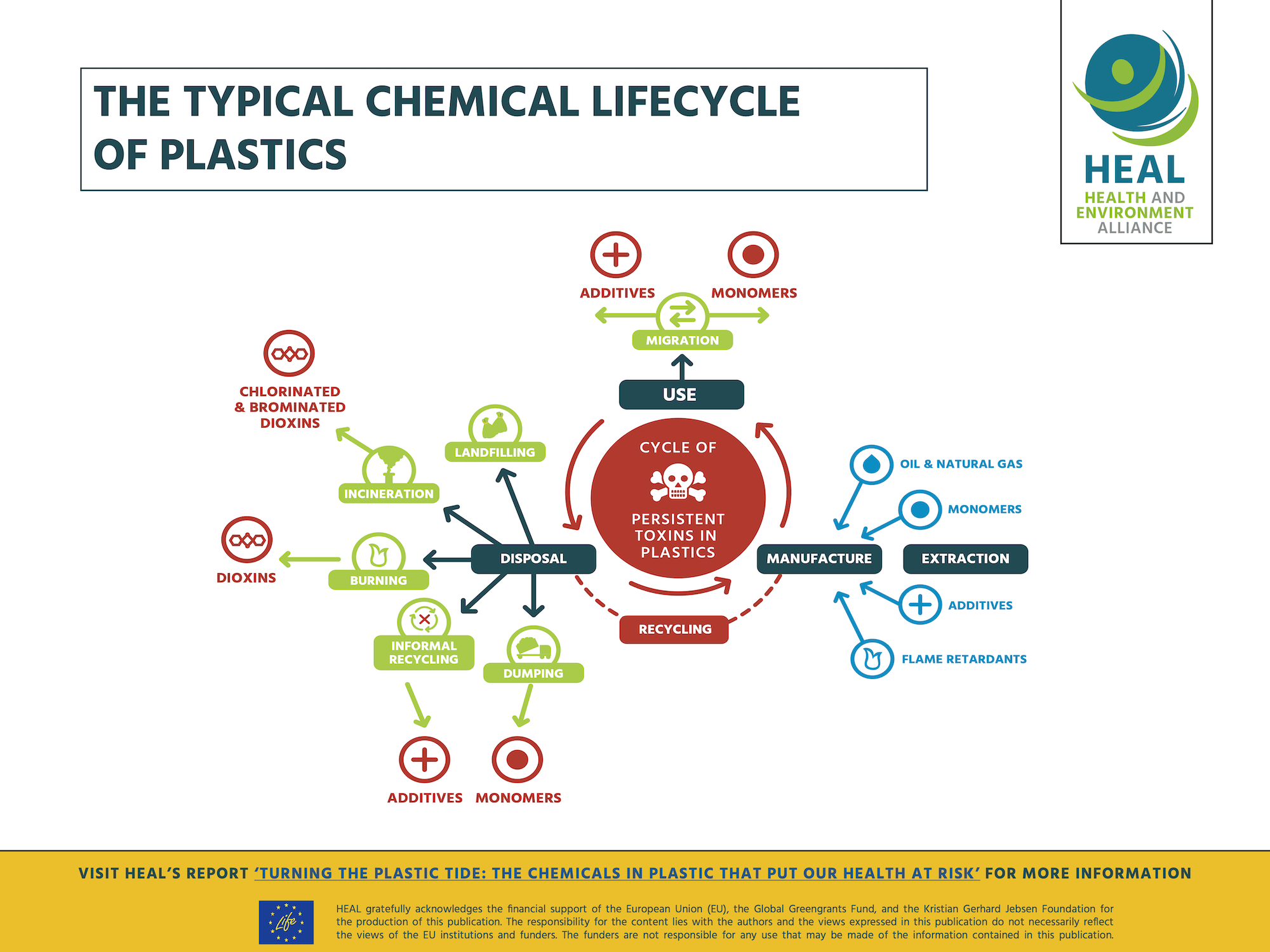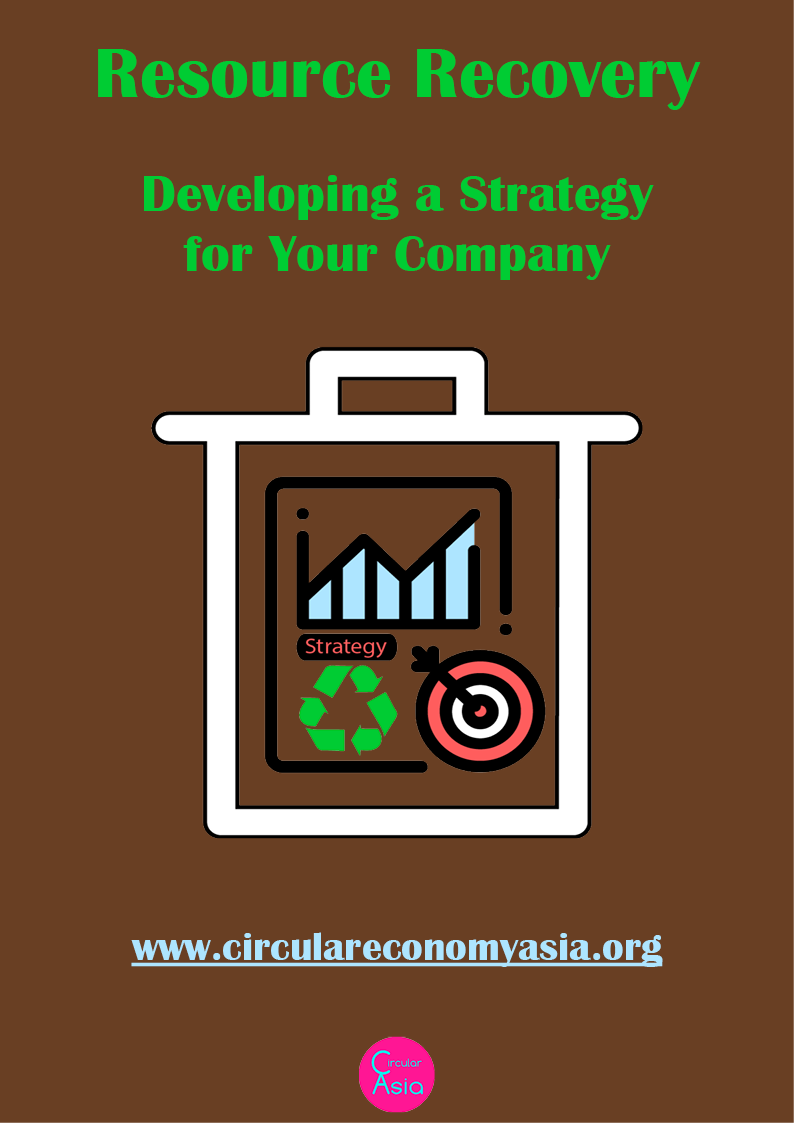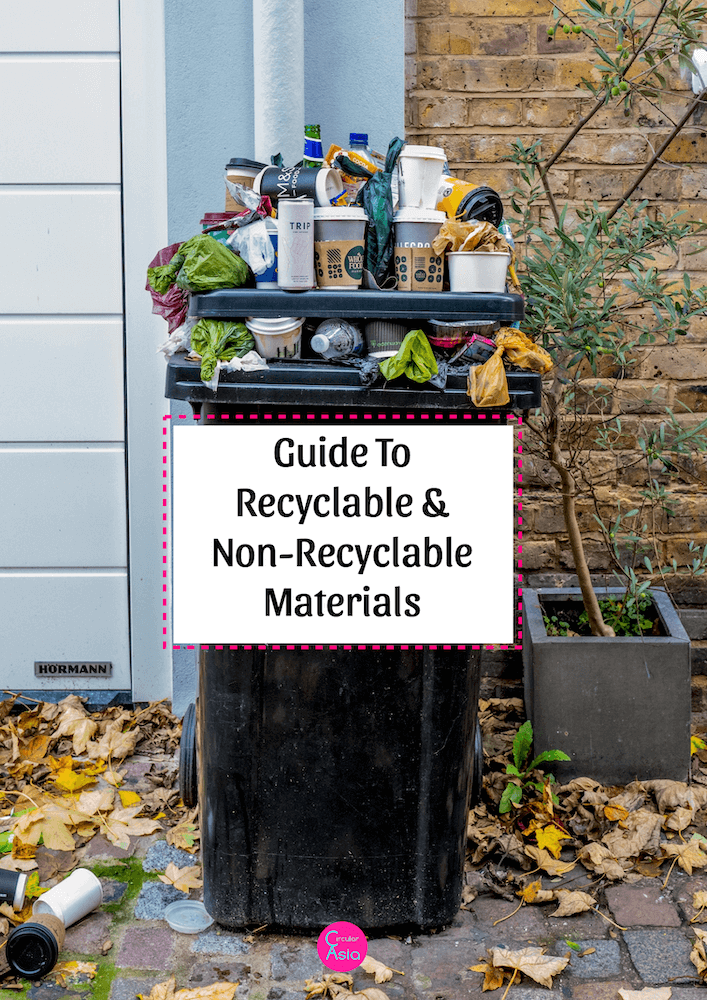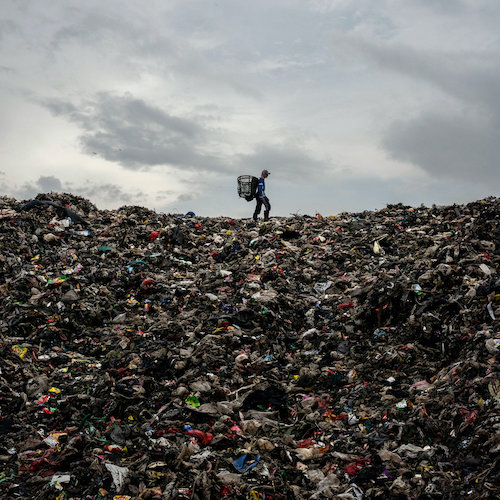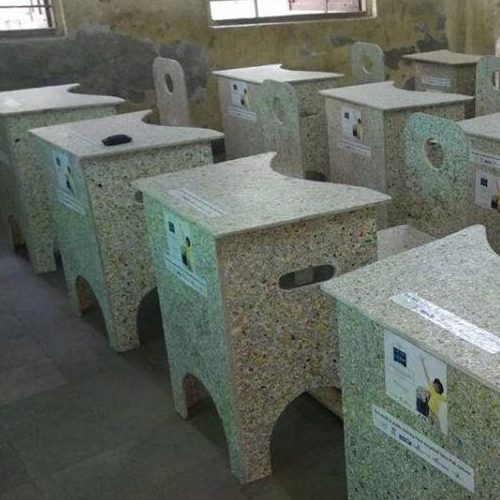Circular Resources
Many people are confused about the circular economy and believe it is primarily focused on recycling. Resource management and the efficient use of resources are critical if we are to live within the limits of our planetary boundaries. These are the foundations of the circular economy.
“A key component of the ideal industrial ecosystem
is to increase resource efficiency through circulating material.”
The aim of recovering end-of-use-cycle products is to keep in circulation the materials by integrating the Circular Rs as a standard business practice and establishing a structured secondary raw materials industry.
(1) Design: How products are designed and made – the resource efficiency of the whole system from design, sourcing and types of materials, manufacturing, energy, and delivery to market.
(2) Resource management, resource efficiency and materials – Currently, we do not live within our planetary boundaries. We use more primary raw materials than what the planet can replenish within any given time. When the products we use reach the end of their use-cycle, we treat them as waste. Instead, we need to dispose of all end-of-use-cycle products responsibly so they can become secondary raw materials. There will be limits, we shall always be constrained by the laws of physics and chemistry. It is imperative that the usage, disposal and collection of materials innovate and evolve into scaleable systems.
(3) Closed-loop systems – A system that focuses on technical efficiencies, such as material utility, resource-use optimisation, and end-of-use-cycle elimination. Technical efficiency is not a single solution, as it can allow for several solutions that are based on systems thinking, science, and technology rather than market forces.
(4) The Circular Rs – The economic functions of the circular economy. The Circular Rs are the economic activities that make up the circular economy. Over time some or all of the Circular Rs may apply to you as an individual or company as you delve deeper into circular economy principles of design, resource management and closed-loop systems.
Closed-loop systems require products to be designed with the Circular Rs in mind. And manufactured using materials that can be recovered and reprocessed economically at the end of the final use-cycle. So, in essence, the reprocessing (recycling) industry is a collaborator and partner in the circular economy. One crucial, but often overlooked part of a circular economy is the role of chemicals.
Chemicals
As progressive companies and individuals of the world seem intent on solving the problems of pollution and depletion of the earth’s resources by simply increasing recycling, little attention is paid to the contents of the old products that we turn into new ones. The truth is that today’s chemicals legislation is not adapted for a sustainable circular economy, as many hazardous chemicals are unregulated and in widespread use. These chemicals fulfil thousands of different functions in all kinds of everyday household items all around us. And as these items are the very same we reprocess and turn into new products in a circular world, it also means we are reprocessing their toxic contents.¹
Resource Recovery Skills Training
Click on the link for more information on the Circular Skills Training. Download the Guide to Recyclable and Non-Recyclable Materials. Please note: The Guide is very much a work in progress, as the reprocessing industry is constantly evolving.
Visit the Circular Skills Training page for more courses on offer.
BEFORE – CONCEPTION
At a product’s earliest conception, selecting materials and how the product is designed will determine how this ‘resource’ will end up. The materials and design will decide how a product is used and passed on. There may be additional interactions with the product depending on the style (classic or fast-fashion), reason or emotional attachment. For example, we may buy a piece of clothing only for a special occasion. Or a kitchen utility that can last for many years.
We mainly prolong the use-cycle of a product because we are emotionally attached or based on an economic decision (it may be cheaper to repair than buy new). We seldom consider the product as a resource and dispose of it accordingly.
AFTER – DISPOSAL
Once we are ready to dispose of a product, this phase may be called ‘resource recovery‘. It is the first step in deciding which path the resource will take after disposal. For example, if a product (resource) has been designed well, it may be reused or repaired.
Usually machinery or equipment is ‘remanufactured‘. Furniture or buildings are ‘refurbished‘. If we are creative we may chose to ‘repurpose‘ a resource.
In most of these situations, we are not really thinking or seeing these products are ‘resources’, at least not in the traditional sense. However, in the circular economy this is how we need to think.
Eventually, all products reach an end of a use-cycle. Here again, the design and type of material will determine the lasting value of all the resources that went into making the product. Ideally, all end of use-cycle products should become a secondary raw material, to become feedstock for the manufacturing industry.
Our society needs to develop the infrastructure where all products that we dispose of do not end up as ‘waste’ where it can become contaminated and lose their resource value. Consumer engagement, Separation-at-Source activities and adopting the language of resource efficiency are just some of the action steps we can take.
Zero Waste & Zero Waste to Landfill
The concept of Zero Waste has been around for quite a long time. The goal of Zero Waste to Landfill has become increasingly popular, especially since ESG reporting has become more widespread. There are also a growing number of organizations that offer verification services on a company’s ability to achieve Zero Waste to Landfill or Near Zero Waste to Landfill.
According to the Zero Waste International Alliance, the definition of zero waste is “The conservation of all resources by means of responsible production, consumption, reuse, and recovery of products, packaging, and materials without burning and with no discharges to land, water, or air that threaten the environment or human health.” Sounds a lot like the circular economy?
We need to be careful about the goal of Zero Waste to Landfill. Even with the most efficient systems in place, some materials are inevitably sent to landfill at some point downstream of the waste treatment. For example, energy recovery will lead to the production of residual waste in the form of ash. And some regulated hazardous substances must be sent to landfill, because there are no other legally permitted alternative waste treatment methods.
There is also the issue of fraud in waste management. This may mean that even the best of intentions, some part of an organisation’s waste may end up in landfill without its knowledge. Although to mitigate the risk of fraud, businesses should choose good quality waste management partners and conduct regular audits.²
In the circular economy, the current hinderance is the lack of adequate processes and facilities to divert recovered resources where it can be categorised for any one of the Circular Rs.
The Law of Supply and Demand
When we see mountains of waste, all too often we think this is the problem we have to solve. Although collection systems and infrastructure remain weak or non-existent in many countries, we have the technology to manage most of it, even if the economics requires scale.
The real challenge is the demand side. Many products made from secondary raw materials have a ‘green premium’ making them more expensive than products manufactured from virgin resources. Or there is a perception around poor quality. Thus demand remains low and the solution to a healthy secondary raw materials industry is in a robust demand-driven market.
The supply-side – mountains of waste
The demand-side – desks made from Tetra Pak
References:
- ¹ ‘The Missing Piece – Chemicals in the Circular Economy’ published by ChemSec, 2019.
- Before and After icons: Darius Dan on Flaticon
- Landfill sign icon: Smashicons
- ² “What is Zero Waste to Landfill?” by The Carbon Trust, 14 March 2017


